2016 Mazda MX-5 Miata Review - An Original Reborn (Video)

2016 Mazda MX-5
If there is one constant in the automotive world, it is that every redesigned vehicle gets bigger, more powerful, heavier and more complex. Bucking that trend is Mazda’s latest MX-5, one of the smallest and lightest cars sold in the United States.
Since the launch of the Miata in 1989, Mazda’s tiny roadster has been a beacon of light to those who prefer a “pure” driving experience. The MX-5’s core mission of being an affordable, lightweight, two-seat convertible has hardly changed. More impressive: The 2016 MX-5 is about the same size as the original Miata, and the new roadster is only 182 pounds heavier despite producing 50-percent more power and being 30-percent more fuel efficient. The price tag has also been kept in check. The 2016 model still costs about the same as a mid-sized sedan.
Making the MX-5 even more special is that it stands alone in America. Sure, Alfa is now selling their sexy and expensive 4C here, BMW still has a Z4 roadster, and Scion and Subaru are selling their two-door coupé — but none of these are like the MX-5 and that’s a good thing for Mazda.
Let’s talk about curb weights and MSRPs first, as they are key to understanding this roadster.
The base, six-speed manual MX-5 tips the scales at 2,332 pounds and ends at 2,381 pounds with the six-speed automatic and all options ticked. That means the new Miata is actually 150 pounds lighter than its immediate predecessor. More interesting is the comparison to the 1990 Miata: the fourth-generation MX05 which is just 180 pounds heavier than the original.
Not impressed? Consider the safety features standard today that were not even available 25 years ago — side impact airbags, tougher side impact standards and seat belt pre-tensioners and force limiters. Then consider the creature comforts like navigation, Bluetooth and touchscreen infotainment we didn’t have in 1990.
Still not impressed? The 2016 MX-5 is actually lighter than the carbon fiber monocoque Alfa Romeo 4C in America.
You may be scratching your head if you’re reading this outside of North America. You see, international versions of the Alfa Romeo and Mazda two seaters are lighter than their more plump American siblings. The 4C in Europe is a slim 2,153 pounds and the MX-5 is 2,200. The American MX-5 gains weight because it receives a bigger engine — with an extra 29 horsepower and 37 lbs-ft of torque to match. The 4C, however, gains weight because the European version doesn’t meet U.S. crash standards. Alfa Romeo had to substantially alter the the carbon fiber tub and add side impact airbags in order for it to be sold. The total toll on the Alfa side is a substantial 342 pounds — and safety doesn’t bring additional horsepower and torque.
The Miata’s lightness still wears a svelte price tag. Starting at $25,735 (after $820 destination) and ending at $35,750, the MX-5 is only a hair more expensive than the 1990 model accounting for inflation. Much of the Miata’s draw is its accessibility; for less than a Honda Accord EX, you can put a rear-wheel-drive roadster in your garage.
Exterior
Turn the car 90 degrees and you’ll still see the profile of a classic British roadster: long hood, short passenger compartment and a perky trunk. Out back, the look is a little more in tune with the rest of the Mazda lineup, with tail lamps styled after the Mazda6. Mazda’s obsession with weight savings means you won’t find massive twin exhaust tips, electric spoilers or anything that isn’t absolutely necessary.
In the 4C, it seems engineers simply threw pieces out to save weight and the result is a fairly stark cabin. At Mazda, it appears engineers were determined to make the MX-5 look like your average Mazda on the inside while cutting out the ounces that weren’t necessary. While Alfa eschews luxuries like carpet, sound deadening foam, padded arm rests, usable cup holders, a navigation system and storage cubbies, you’ll find all of that in the Mazda. And yet the Mazda is still lighter.
Although you still won’t find power seats in its cabin (they add weight), the MX-5’s standard seats are more comfortable than those in the Scion, Subaru or, yes, even the Alfa. That’s not to say they are perfect, as lumbar support is not offered on any trim and Mazda uses a lighter mechanism that lifts up the front of the seat bottom cushion for improved thigh support instead of lifting the full seat bottom.
Smartphone app integration for streaming media is standard and shoppers can add navigation software to the display even after you buy the car. Although some folks seem to dislike the look, the software is intuitive and easy to use. Mazda promises future apps will be integrated into the software, but we haven’t really seen much movement in that direction since the system was first launched in the 2014 Mazda3. Still, this is light years ahead of the cheezy stereo you find in the Alfa and at least a few steps ahead of anything in the FR-S or BRZ.
Also worth noting in the MX-5 is the sound system. It has one. For $70,000, Alfa provides a few speakers and an Alpine head unit from Best Buy. Because two seat roadsters have little room for rear speakers, most manufacturers simply don’t install them. Mazda decided instead to have Bose fit a few into the headrests and the solution sounds surprisingly natural. When using the integrated Bluetooth speakerphone, the other party’s voice comes out of the headrest speakers on the driver’s side. This means you can hear the call even with the top down. Whether or not they can hear you is another story entirely.
Drivetrain
The reason for de-tune is likely due to the positioning of the engine and the space required for Mazda’s Medusa 4-2-1 exhaust manifold (pictured below, with the “lid” removed, from a Mazda3). The manifold design allows for optimum exhaust gas scavenging while still keeping the bundle of snakes close to the catalytic converter for faster warm up times. On the downside, it’s enormous and tricky to package in the MX-5 where its front suspension is close to the exhaust manifold. As a result, some changes had to be made and this is likely the reason for the alteration in the torque curve.
Sending the power to the rear wheels is your choice of a six-speed manual transmission or a six speed automatic. If you opt for the six-speed manual and the Club trim, you’ll find a torque-sensing limited slip differential in the back. Sadly, the the LSD is not available in any other trim.
Thanks to its ultralight curb weight and modern engine design, the MX-5’s fuel economy is impressive and premium gasoline is only recommended — not required. According to the EPA, the combined fuel economy should average 30 mpg regardless of transmission or trim choice, which is an enormous 7 mpg leap from the previous Miata. Because of U.S. fuel standards, Mazda’s 2.0-liter SkyActiv engine uses a reduced 13:0 compression ratio versus 14:1 in Europe, which, according to Mazda, results in a 5-percent loss of efficiency. Blame Washington.
Despite the Subie and Scion offering a better power to weight ratio, the highly strung boxer engine they use just can’t match Mazda’s low-end torque. Talking pure numbers, the MX-5 ran from 0-30 in 2.0 seconds and hit 60 in 6.3 — about 2/10ths faster than the Scion or Subaru. While not overtly fast, this is the fastest MX-5 yet. If you want a faster Miata, the Fiat 124 Spider — or “Fiata” — uses a 1.4-liter turbo engine good for 160 horsepower and 184 lbs-ft of twist. Although the turbo in the Fiat adds about 100 pounds, the power comes on sooner, torque hangs out longer and Fiat fiddled with the final drive ratios to sacrifice fuel economy on the altar of performance. Thanks to the tire selection on our Club model and the optional Brembo brake setup, 60-0 stopping distances were short and fade resistance was excellent.
Comparing the MX-5 to the competition simply in terms of acceleration and horizontal Gs would be missing the whole point of the roadster. (Although it still pulls more Gs than the Toyobaru.) The Mazda is all about feel. The engagement of the clutch is linear and the pedal weight is perfect (which is easy to accomplish when you have a light weight vehicle and an engine that only makes 148 lbs-ft of torque). The manual shifter features short throws and a notchy feel that reminded me of BMWs from the ’90s. The small dimensions and light weight allow comparatively small tires that range from 195/50R16 to our model’s 205/45R17 summer rubber. Wider tires would allow more grip but, yet again, that would be missing the point. Being able to get the MX-5’s rear end to kick out is part of the fun.
When the road starts winding, you start to understand how everything comes together. With a slight front weight bias and the same tires front and rear, the MX-5 tends to understeer a hair in neutral handling situations. Add a little extra power and the rear end rotates willingly and predictably. Even the somewhat narrow tires play into the MX-5s handling. Like the Toyobaru, the MX-5 allows you to experience the joys of a well balanced, rear-wheel-drive car at sane speeds. Sure, the Audi S7 we recently looked at or the Alfa 4C have limits that are much higher than the MX-5, but the Mazda is simply more fun. The Alfa is a hoot and a half to drive without question, but the strong rear weight bias means that things can get unpredictable if you have the stability control disabled. It also takes more concentration to drive at 9/10ths. Although 9/10ths in the MX-5 would be 6/10ths in the 4C, the Miata feels more natural, easier going, less frenetic. When pitted against the Z4 or Boxster, the Germans just feel fat, heavy and isolated.
Over a week of driving the MX-5 hard we still averaged an impressive 31.5 mpg, a hair higher than the EPA average and 9 mpg better than the last MX-5 I drove. Whether your numbers are 25- or the near 50-percent improvement we saw, this is one economical drop top. That’s thanks to the obsessive dedication to curb weight.
You may be surprised to hear the MX-5 has a fairly compliant suspension despite the focus on Zoom Zoom. Mazda realizes that many shoppers intend to commute in their roadster and not have it sit in the garage. Even our tester, which was fitted with Bilstein dampers and low profile tires, was firm without being harsh.
If the Miata sounds too good to be true, there are some sore points. The first is the stability control. Although it can be disabled, the software’s default programming causes it to intervene early. I found it overly intrusive on roads I knew well. The next is the steering. It’s perfection for an electric power steering rack — but it’s still an electric power steering rack. (This is sort of like saying, “the best cup of coffee in England.” Yes it is coffee, but it’ll still make you a little sad.) There is a hint of feedback, but this isn’t the rack from your 1990s Miata. (Hopefully someone will create a manual steering conversion.) The last item is the cabin noise. Admittedly, our Club Sport model trades the increased weight of the Brembo brakes for the reduced weight of a single layer top — but any way you slice it, this cabin is far from Lexus quiet. The issue isn’t road noise, it’s the wind noise. Because of the design of the window seals, there’s a constant rumble from the area of the side view mirrors. Even with the double-layer top you find in other models, noise from behind the driver’s head is excessive. I measured 76 dB at 50 mph, which is just 1/2 a dB quieter than the 4C. For the record, the 4C is the loudest car I have tested in the last decade.
Miata comparisons are difficult. Aside from the recently announced Fiata, the MX-5 has little natural competition. It’s priced in the same range as the FR-S and BRZ, but the Mazda is a 2-seat roadster and not a hard-top coupé with back seats. The Saturn Sky, Pontiac Solstice and Honda S2000 clearly had the Mazda in their sights, but they’re all long gone. The Porsche Boxster and BMW Z3 of yesteryear were slightly spendier options for the shopper that wanted something light and fun, but they too have given way to newer versions that are bigger, fatter and more expensive. The Alfa Romeo and Lotus competition will cost you two to three times as much to buy and probably eat you out of house and home on maintenance.
With little real competition, why bother with a redesign at all? Excellent question. If my penny-pinching self had been in charge, Mazda would still be selling you the older Miata with a new infotainment system and a few new color options. Be glad I’m not running Mazda. Instead, we get a new take on the original mission of the Miata: the ultimate affordable roadster.
Mazda provided the vehicle, insurance and one tank of gas for this review.
Specifications as tested
0-30: 2.0 seconds
0-60: 6.3 seconds
1/4 Mile: 14.5 seconds @ 92 mph

More by Alex L. Dykes
Latest Car Reviews
Read moreLatest Product Reviews
Read moreRecent Comments
- ToolGuy The only way this makes sense to me (still looking) is if it is tied to the realization that they have a capital issue (cash crunch) which is getting in the way of their plans.
- Jeff I do think this is a good thing. Teaching salespeople how to interact with the customer and teaching them some of the features and technical stuff of the vehicles is important.
- MKizzy If Tesla stops maintaining and expanding the Superchargers at current levels, imagine the chaos as more EV owners with high expectations visit crowded and no longer reliable Superchargers.It feels like at this point, Musk is nearly bored enough with Tesla and EVs in general to literally take his ball and going home.
- Incog99 I bought a brand new 4 on the floor 240SX coupe in 1989 in pearl green. I drove it almost 200k miles, put in a killer sound system and never wish I sold it. I graduated to an Infiniti Q45 next and that tank was amazing.
- CanadaCraig As an aside... you are so incredibly vulnerable as you're sitting there WAITING for you EV to charge. It freaks me out.

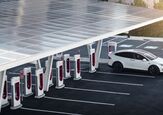
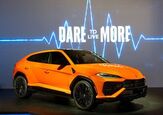
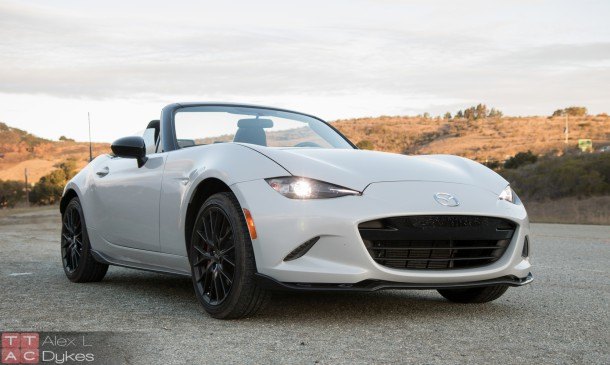







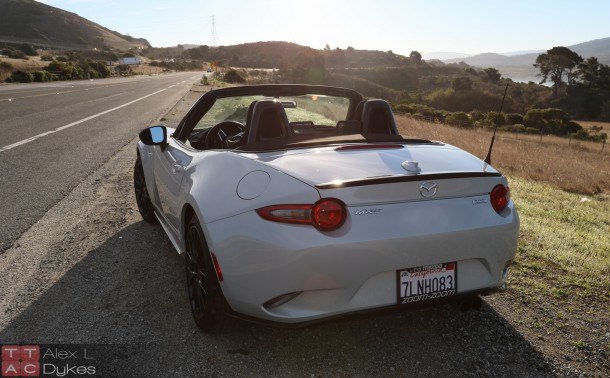










































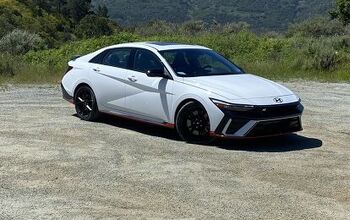
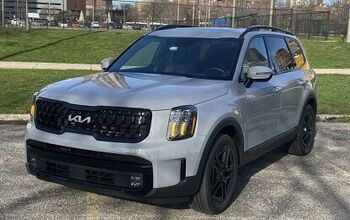
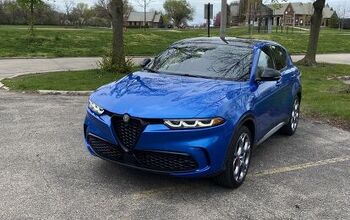

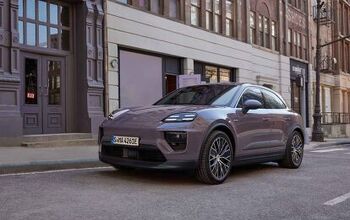
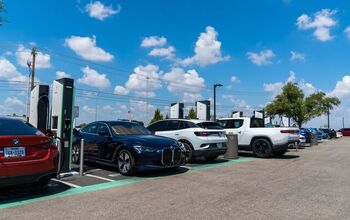
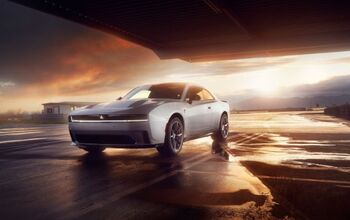
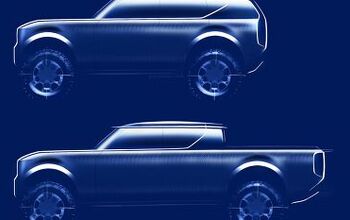

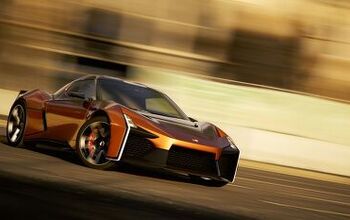

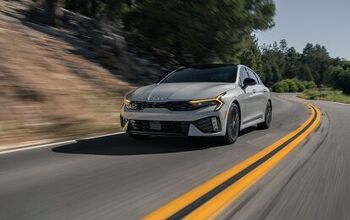
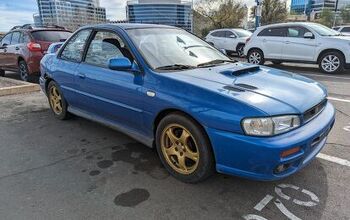
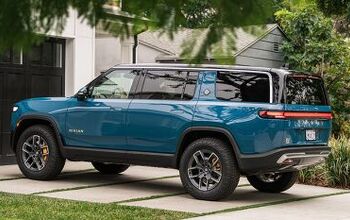
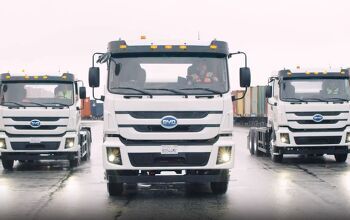


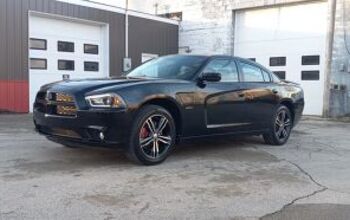
Comments
Join the conversation
It doesn't seem like remotely enough power from a 2.0 liter. After all, Honda can get lot more out of the same size engine. A hundred more in fact, on the first s2000. At this price range, 200hp should be the minimum. Although I don't think I really fit in this generation Miata either.
1. Since when exactly a Honda Accord EX an entry level car? Besides Navi, Leather seats, or premium audio system (available on Accord EX-L with Navi) 25.7K for a toy car with minimal amenities is a horrendous value. 2. Placing speaker behind your head should never feel natural. That is why most car audio systems should like sh1t. Let's go to the basics of the stereo recordings. They are optimized for a listener who is sitting behind two speakers, left and right, and approximately equidistant from both of them. Stereo recording cannot sound "natural" with any speakers behind your ears. Granted, a few really clever companies have come up with a way to convert the stereo signal of an audio recording into a true surround sound, such as with 5.1 or 7.1 speakers, and such systems can sound very good. But most cars do not have this, and simply play the same stereo signal on front and rear speakers. Granted, if Bose was involved, they probably added some surround sound processing.